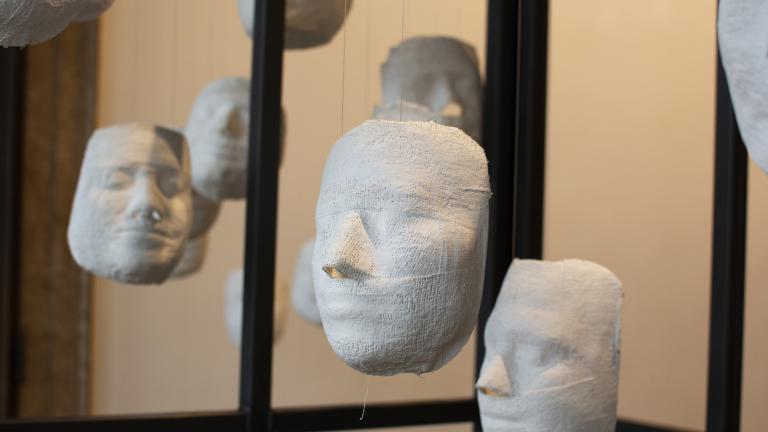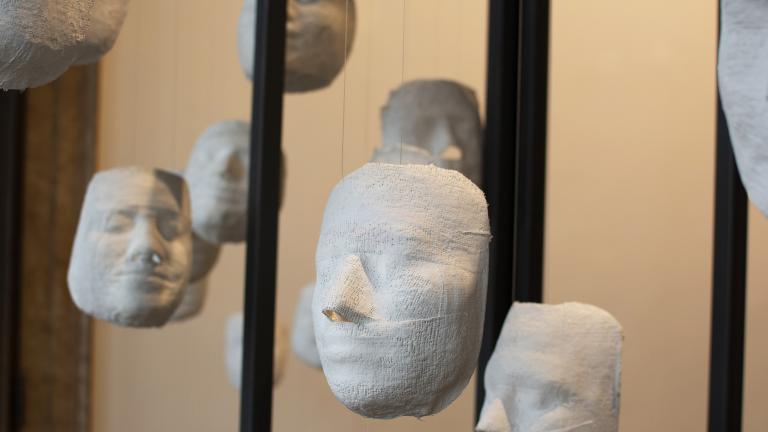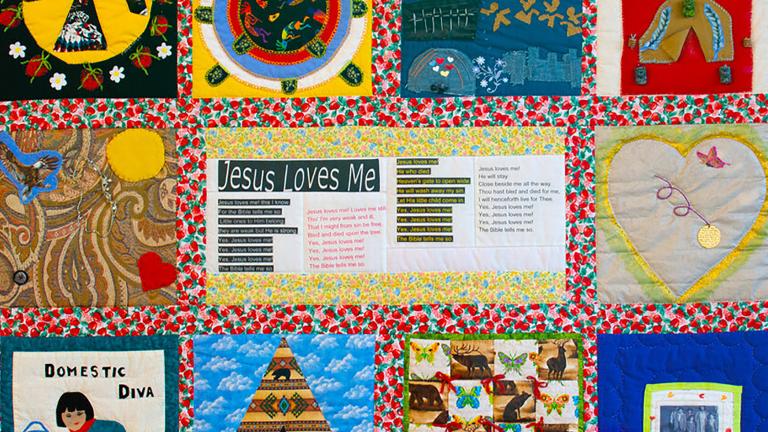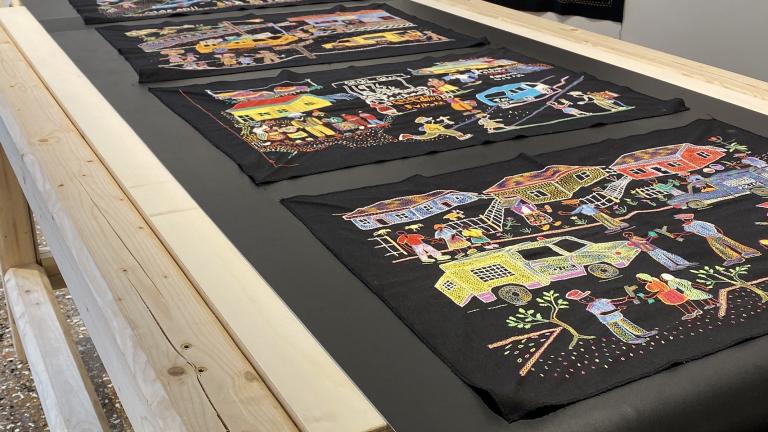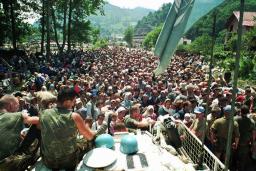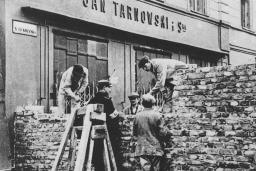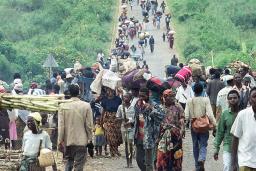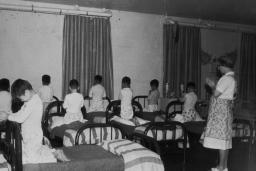Artivism is an exhibition that explores artistic expression as a powerful response to large‐scale violations of human rights. It features the work of six artists and art collectives whose work takes an activist approach to expose, denounce and prevent mass atrocities.
Through their work, these “artivists” advocate for a world that respects the human rights of all individuals. Their art illuminates the importance and difficulty of recognizing and remembering atrocity. Their activism demonstrates that we all can play a part in upholding human rights and preventing mass violence.
